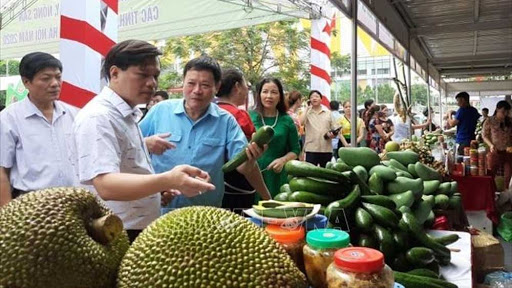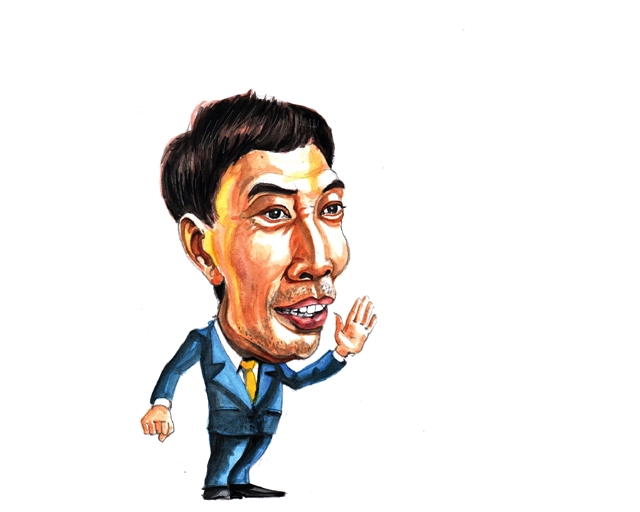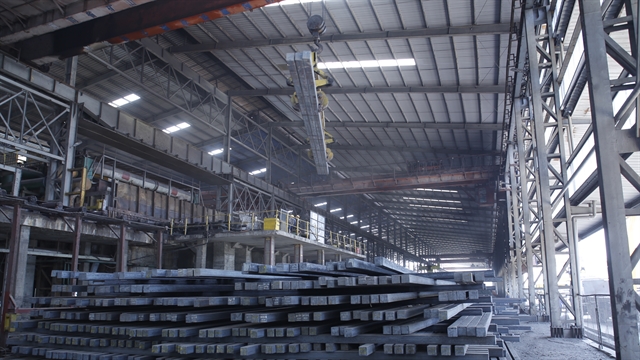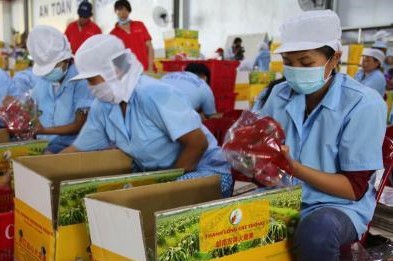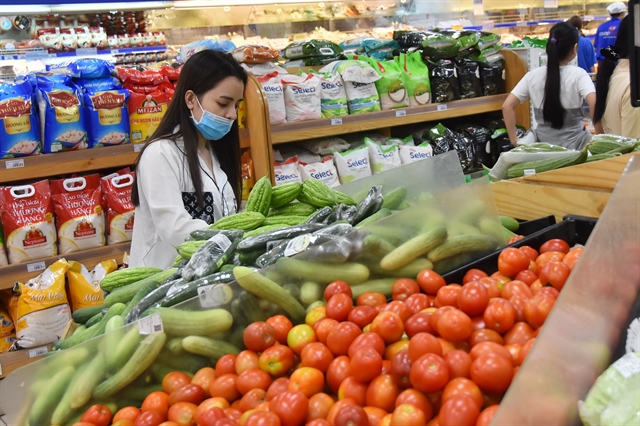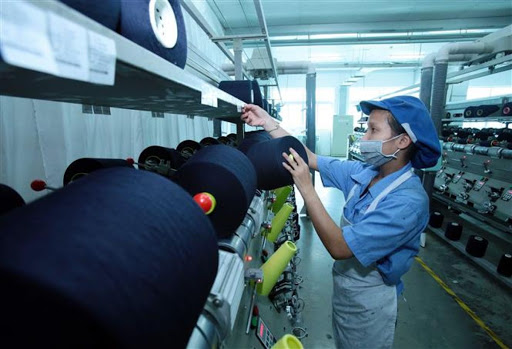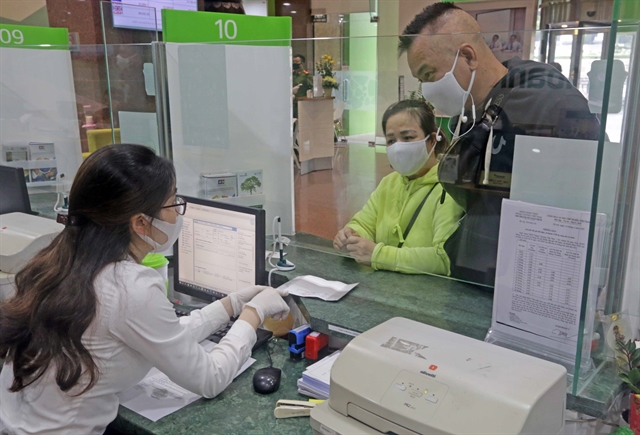
HÀ NỘI — The recent interest rate cuts by the State Bank of Việt Nam (SBV) have little impact on the Vietnamese stock market, analysts have said.
The central bank made its last rate cut on May 13. The action is widely expected to help local companies enjoy low-interest-rate loans so they can recover in the post-pandemic stage.
Other central banks around the world have curbed interest rates and bought corporate and government bonds to inject cash into the market.
Vietnam International Securities CEO Dương Kỳ Hiệp said that the rate cut may be helpful enough to boost all sectors after the disease is contained.
“The consumer price index (CPI) is still under control, so increased cash supply may not worry the market like it did 10 years ago,” he said, implying such action may cause concerns about inflation and economic downturn.
According to KB Securities Vietnam Co (KBSV), liquidity of the banking sector is still abundant as overnight interbank rate is low at 2 per cent per annum and 10-year government bond rate is 3 per cent per annum – which are much lower than the average rate of frontier markets.
Borrowing demand of local firms is declining as credit growth in the first four months of the year was at a six-year low of 1.32 per cent. Credit growth in the same period last year was 4.5 per cent.
The market is hoping for more capital inflow, Bảo Việt Securities’ macro analyst Trần Hải Yến told Việt Nam News.
The market sentiment is lifted on expectations that companies will enjoy lower financing rates and perform better, she said.
After the latest rate cut, rates for short-term deposits with below-six-month terms have fallen 0.3-0.5 percentage point but long-term rates haven’t changed much, she said.
Lending rates have also been the same. Rates are cut for customers that work in priority sectors such as manufacturing and processing, retail and wholesale, and agriculture-aquaculture-forestry.
“But that is not enough to help the local stock market move up firmly,” Trần Thị Khánh Hiền, analysis director at VNDirect Securities, told Việt Nam News.
“The rate cuts aim to help local companies and support economic growth, thus making investors feel good.”
But the impact would be modest, she said.
Cash supply is controlled on banks’ credit growth and means of payment, she said.
“A large proportion of loans are long-term, so the rate cuts hardly have any impact on long-term lending rates.”
The central bank this year has made two rate cuts with the last one on May 13.
Since then, the stock market has not rocketed up as expected and trading liquidity is averaged at VNĐ6.06 trillion (US$260.47 million) per day.
The local market has been boosted mainly by investors’ purchasing of cheap stocks since the VN-Index hit its three-year low of 660 points in late March.
“Securities firms and investors had seen the rate cut coming,” she said.
“Short-term borrowers may enjoy the rate cuts, not the long-term ones.”
Commercial banks will see little change in their interest margins because they are able to cut lending rates on lower input costs and the policy is applied to virus-hit borrowers only, she said.
Both analysts shared the view that the central bank could be more open to similar actions in the near future.
“The SBV may continue this policy in the second half of the year to support the economic recovery by loosening the controlling rate by 0.25-0.5 percentage point while inflation growth is expected to slow down in the third quarter,” Hiền said.
The central bank may make further cuts if needed because the policy making must depend on inflation and banks’ bad debt ratios, capital adequacy ratios and liquidity, Yến said. — VNS
